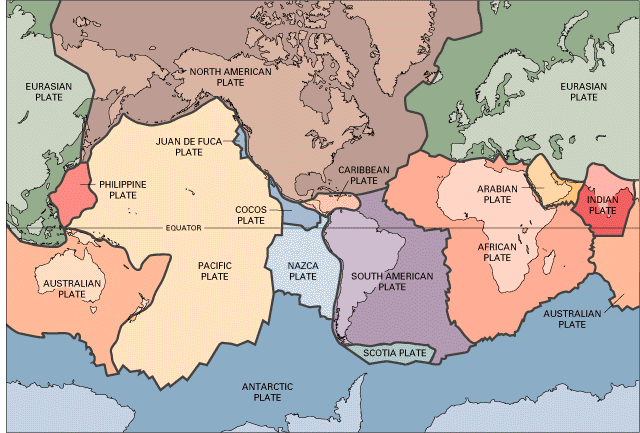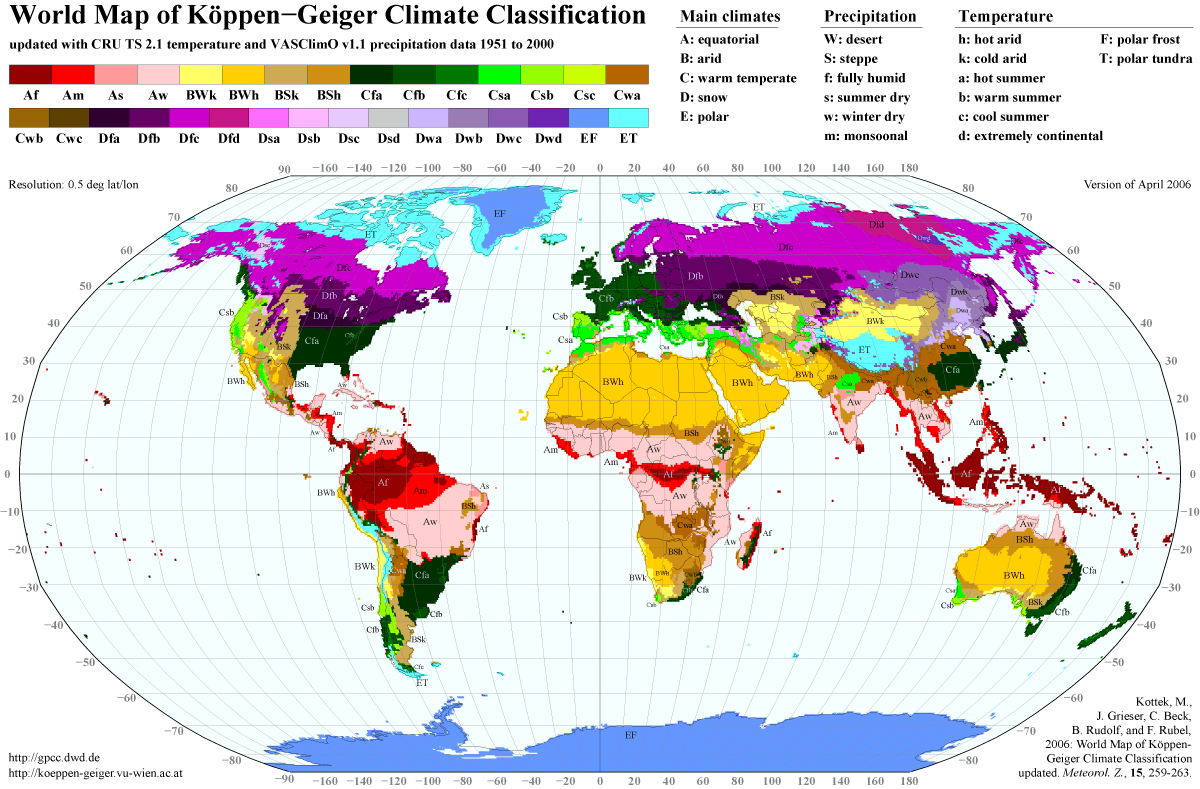When teaching about tectonic processes to your students it is likely you will have mentioned Alfred Wegener. Perhaps you have taught about the ‘mystery’ of why the continents appear to fit together, or how fossils of animals and plants have been found on different continents that wouldn’t ordinarily have been found together, thus suggesting that the continents might have at one time fitted together like a ‘jigsaw’. Maybe you’ve even used this image below.

https://www.google.co.uk/books/edition/This_Dynamic_Earth/T5mZVQeigpMC?hl=en&gbpv=1
The coincidence of continental shapes fitting together had been noticed since the 1850s, and the Mid-Atlantic Ridge was discovered in the 1870s, but these were not explained until Alfred Wegener suggested his hypothesis of Continental Drift, explained by horizontal splitting of the continents and submarine volcanoes along the line of split in the ocean. . But, did you know that Wegener was primarily a climatologist?
Alfred Wegener, born 1st November 1880 in Berlin, graduated with a PhD in astronomy in 1905 from the University of Berlin. He became interested in paleoclimatology (climates of the geological past) and met German climatologist Wladimir Köppen on his first trips to Greenland between 1906 and 1908. Köppen was one of the first to recognise the relationship between climate and vegetation, founding the idea of ‘biozones’. Along with Wegener he authored the book Die Klimate der Geologischen Vorzeit, – The climate of the geological past. Wegener made three more expeditions to Greenland during his lifetime (even dying there on his final trip in 1930) and held the post of Professor of Meteorology and Geophysics at the University of Graz from 1924 until his death.

Image source https://koeppen-geiger.vu-wien.ac.at/pics/kottek_et_al_2006.gif
It was in early 1910 that, after noticing the similarity between the coastlines of South America and Africa, Wegener started piecing together the evidence he could find to explain this similarity. He proposed the original ‘supercontinent’ – Pangaea existed at the end of the Palaeozoic Era, and very slowly over geological time had separated. Wegener called this die Verschiebung der Kontinente (“continental displacement”), and this ultimately morphed into the term we use today – continental drift.
Wegener continued refining his theory, searching for evidence to support it, and ultimately found pieces of evidence including the closely related fossils and rock strata found on continents separated by oceans. Wegener argued that the best way to prove his conviction that continental drift was a reality was to measure displacements directly. Taking a series of historical longitude measurements, he concluded that Greenland was moving away from Norway at a rate that agreed with his assumption of the timing of separation. However he seems to have been tempted to gloss over flaws in his geodetic data in order to make prediction fit the measurements. Soon after his death it was shown that this strand of Wegener’s evidence was wrong- he had overestimated in his calculations! Had he lived, it is possible he would have corrected the errors himself – we will never know! The suggestion is that his ‘short cut’ to a confirmation of continental drift came at a time when his focus was on his primary interests in atmospheric physics and polar exploration rather than continental displacement. His overestimation illustrates the human side of Wegener and of science, and it did not unduly harm his overall case for continental drift. Somehow, he is more likeable for his conviction.
By the time of the acceptance of the modern theory of plate tectonics in the 1960s Alfred Wegener had been dead for over 30 years, but his hypothesis provided a platform for explaining the raft of new facts and evidence that was accumulating to indicate lithospheric pates move horizontally. So Wegener is a good case to illustrate how knowledge in physical geography is developed through hypothesis testing, verifying evidence and refining ideas to offer better explanations of what is observed.
Alfred Wegener’s contribution to physical geography is undoubtedly inspirational as an observer and thinker:
- His work with Wladimir Köppen led to the current understanding of climate distribution and paved the way for the way we classify global climate zones.
- He was dedicated to meteorology, willing travelling to extreme and risky places to advance knowledge of the formation of clouds and precipitation, the origin and development of cyclonic storms, and the (then) recently-discovered upper atmosphere.
- His continental drift hypothesis highlighted the gaps in current understanding. He had observable evidence for his theory of plate tectonics, but at the time he had no plausible way to explain the driving force behind the movement of the tectonic plates.
- He never gave up in the face of opposition for his ideas and persevered in his quest for answers. Sadly his work was never ‘finished’ until long after his death, but Wegener’s work is the basis for the now globally accepted theory of plate tectonics.
Alfred Wegener remains an inspirational physical geographer whose story deserves to be shared with students, and his work was complemented by that of Marie Tharp (see our previous blog in this series!) Her oceanographic topography maps, the subsequent dating of ocean sediments and recognition of magnetic striping patterns in ocean crust helped explain the process of sea-floor spreading which provided important evidence to support Wegener’s continental drift hypothesis and what developed into the theory of plate tectonics.
Useful resources
https://www.geolsoc.org.uk/Plate-Tectonics/Chap1-Pioneers-of-Plate-Tectonics/Alfred-Wegener
Alfred Wegener Institute – https://www.awi.de/en/about-us/organisation/alfred-wegener.html
Earth Learning Idea: The continental jigsaw puzzle – https://www.earthlearningidea.com/PDF/85_Continental_jigsaw_puzzle.pdf
Alfred Wegener and Harry Hess (US) – https://www.khanacademy.org/humanities/big-history-project/solar-system-and-earth/knowing-solar-system-earth/a/alfred-wegener-and-harry-hess
Wegener’s classic 1912 paper in which he first proposed his hypothesis (from https://www.episodes.org/journal/download_pdf.php?doi=10.18814/epiiugs/2002/v25i2/006)
For a detailed but fascinating and very readable history of plate tectonic ideas – try this free e-book ‘Not Getting the Drift’ by Alan Krill (free download) – https://folk.ntnu.no/krill/krilldrift.pdf

Leave a Reply